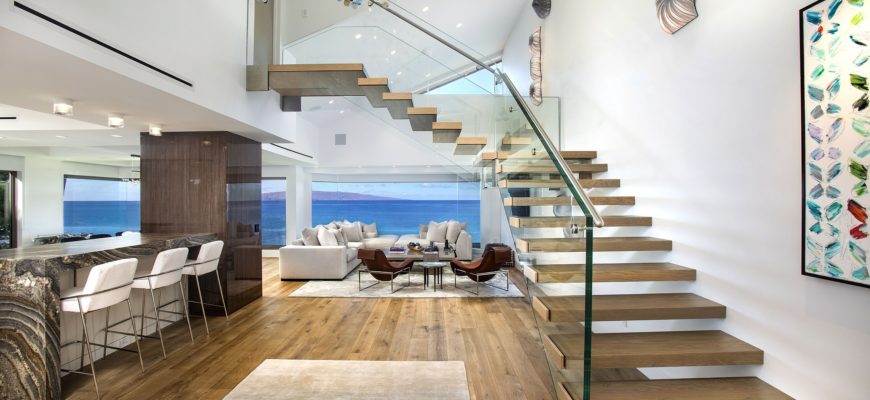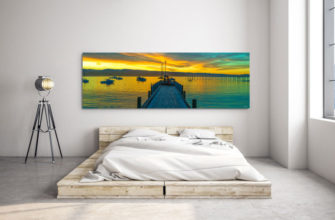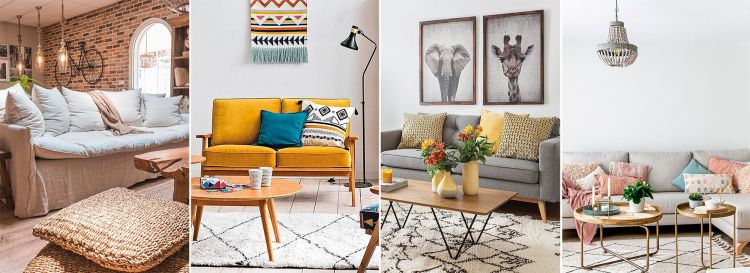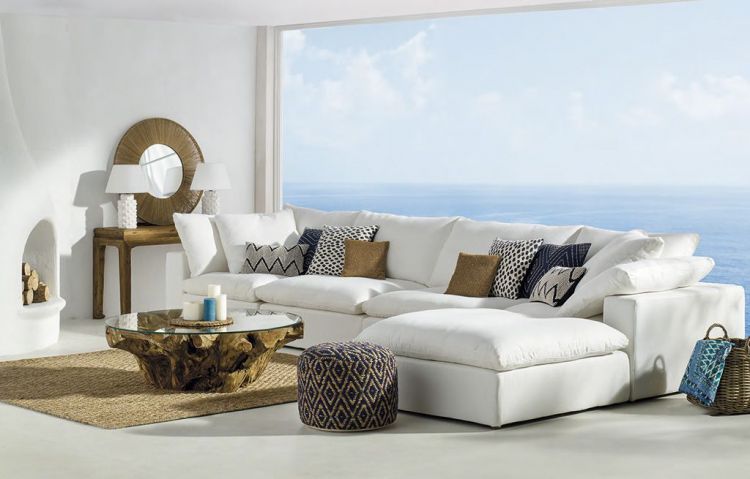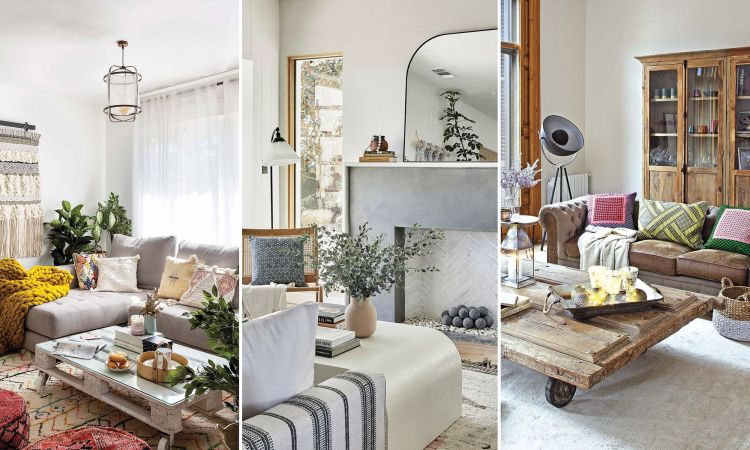Staircases, often overlooked in the grand scheme of interior design, are the unsung heroes of architectural beauty within homes. They serve as more than just a means of transition between floors; they are statements of style, functionality, and innovation. More interesting ideas for stair design can be found on the portal https://lesenka-market.ru/. Let’s embark on a journey through the fascinating world of staircases within the confines of our homes.
The Evolution of Staircase Design: From Functional to Fabulous
Throughout history, staircases have evolved from purely functional structures to elaborate works of art. Early staircases were rudimentary, serving a basic purpose of connecting different levels within a dwelling. However, as architectural styles progressed, so did staircase design. From the grandeur of the Renaissance to the sleek minimalism of modernism, staircases have adapted to reflect the prevailing aesthetic sensibilities of their time.
Key Styles of Staircases:
- Straight Staircases: Simple yet elegant, straight staircases are a timeless choice for many homes. They offer functionality without sacrificing style and are particularly well-suited for narrow spaces.
- Spiral Staircases: Evoking a sense of romance and whimsy, spiral staircases are a design marvel. Their compact footprint makes them ideal for small homes or as a striking focal point in larger spaces.
- Floating Staircases: Achieving an illusion of weightlessness, floating staircases add a touch of contemporary sophistication to any home. They create an open, airy atmosphere and are often favored by those with a penchant for modern design.
- Curved Staircases: Exuding elegance and grace, curved staircases are architectural masterpieces. Their sweeping lines and graceful curves make them a captivating feature in any home, commanding attention and admiration.
Beyond Aesthetic Appeal: The Practical Considerations of Staircase Design

While aesthetics play a significant role in staircase design, practicality should not be overlooked. Factors such as space constraints, safety, and ease of use are paramount considerations in crafting the perfect staircase for a home.
Practical Considerations Checklist:
- Space Efficiency: Maximizing space utilization is crucial, especially in smaller homes. Opting for space-saving designs such as spiral or floating staircases can help free up valuable floor area.
- Safety Features: Ensuring the safety of inhabitants should be a top priority when designing staircases. Installing handrails, non-slip surfaces, and adequate lighting can help prevent accidents and injuries.
- Ergonomic Design: The ergonomics of staircases play a vital role in user comfort and accessibility. Factors such as riser height, tread depth, and handrail placement should be carefully considered to ensure ease of use for all occupants.
- Material Selection: The choice of materials can significantly impact both the aesthetic and functional qualities of a staircase. While wood is a timeless favorite for its warmth and versatility, materials such as glass, steel, and concrete offer a more contemporary appeal.
Staircases as Design Statements: Enhancing the Aesthetic Ambiance of Homes
In addition to their practical function, staircases serve as design statements that can elevate the ambiance of a home to new heights. Whether through intricate detailing, innovative materials, or bold architectural forms, staircases have the power to transform ordinary spaces into extraordinary ones.
Design Elements to Elevate Your Staircase:
- Ornate Railings: Intricately designed railings can add a touch of old-world charm to a staircase, serving as both a functional and decorative element.
- Statement Lighting: Creative lighting fixtures can accentuate the beauty of a staircase, casting enchanting shadows and highlights that enhance its visual appeal.
- Artistic Balustrades: Experimenting with unique balustrade designs allows homeowners to infuse their personality into the staircase, turning it into a work of art in its own right.
- Natural Elements: Incorporating natural materials such as stone, marble, or reclaimed wood into staircase design adds a sense of warmth and authenticity to the space.
- Integrated Storage: Cleverly integrating storage solutions into staircase design not only maximizes space but also adds a practical dimension to the overall layout of the home.
Future Trends in Staircase Design: Pioneering the Path Forward
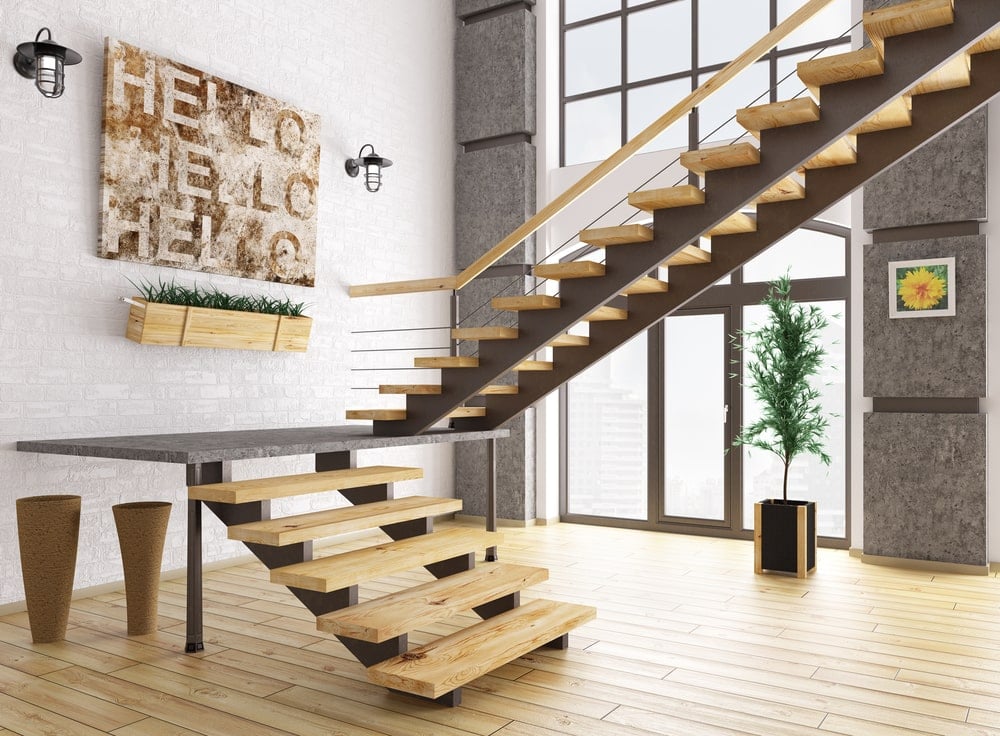
As technology advances and design trends evolve, the future of staircase design holds boundless possibilities. From sustainable materials to smart technology integration, the staircases of tomorrow are poised to revolutionize the way we perceive and interact with our living spaces.
Future Trends to Watch Out For:
- Eco-Friendly Materials: With growing awareness of environmental sustainability, expect to see an increased use of eco-friendly materials such as bamboo, recycled glass, and composite wood in staircase construction.
- Smart Staircases: Integration of smart technology into staircase design will enable features such as motion-sensing lights, automated handrails, and even integrated charging stations for electronic devices.
- Biophilic Design: Drawing inspiration from nature, biophilic design principles will influence staircase design, incorporating elements such as living green walls, natural light, and organic shapes to create harmonious indoor environments.
- Modular Staircases: As the demand for customizable solutions grows, modular staircase systems will become increasingly popular, offering flexibility in design, installation, and reconfiguration.
In conclusion, staircases are not merely functional elements within our homes; they are architectural marvels that reflect our evolving tastes, lifestyles, and aspirations. By marrying form with function, innovation with tradition, staircases have the power to transform ordinary spaces into extraordinary ones, leaving an indelible mark on the built environment for generations to come.

